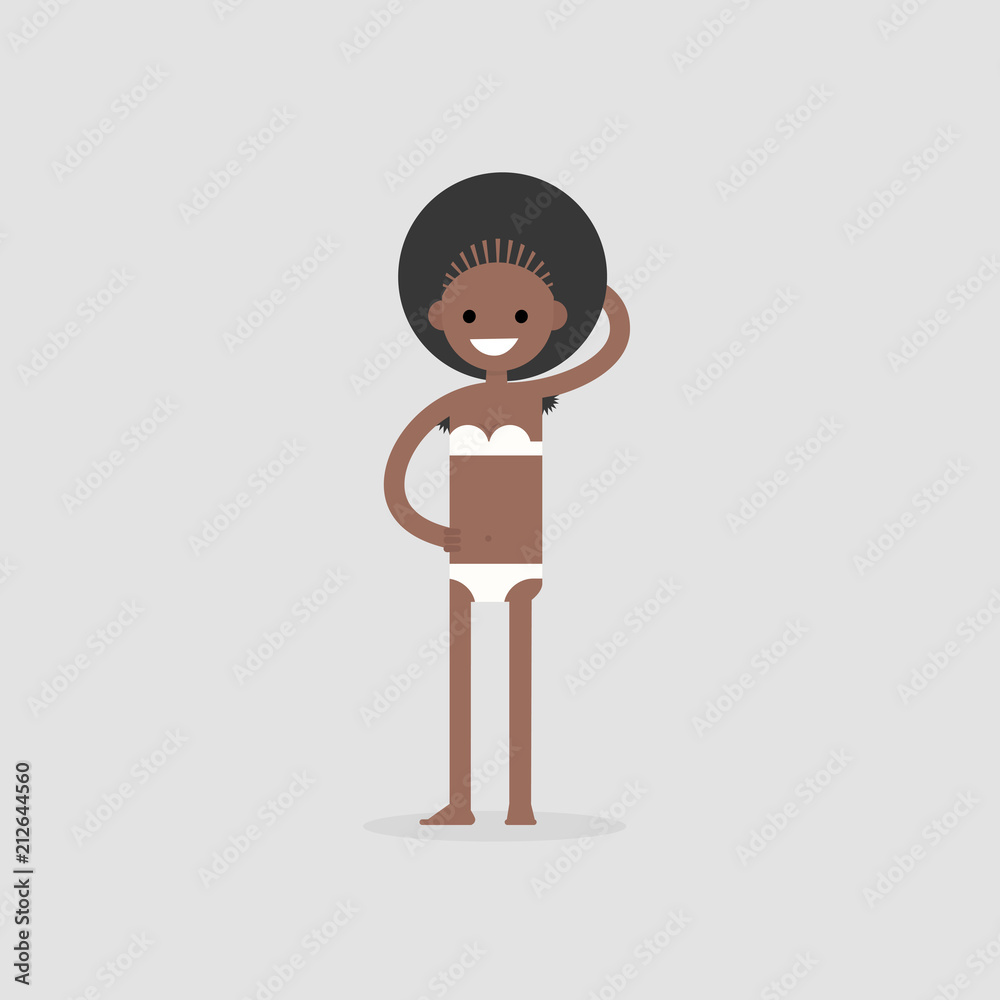Chicks with hairy armpits have long been a topic of discussion in beauty and body positivity circles. Society often imposes unrealistic beauty standards, pressuring women to conform to certain ideals, including hairless underarms. However, the conversation around natural body hair is evolving, and more women are embracing their unique features as a form of self-expression and empowerment.
The stigma surrounding body hair, particularly armpit hair, has deep historical roots. For decades, media and advertisements have perpetuated the idea that smooth, hairless skin is the epitome of femininity. However, this narrative is slowly changing as more voices advocate for embracing natural beauty in all its forms. Understanding the science behind body hair and its role in human biology can help dispel myths and foster acceptance.
In this article, we will explore the topic of chicks with hairy armpits from various angles, including biology, societal perceptions, and cultural shifts. Whether you're curious about the science behind body hair or interested in learning how to navigate societal pressures, this comprehensive guide will provide valuable insights. Let's dive in and uncover the truth about body hair and its significance in modern culture.
Read also:Mark Lester And Paris Jackson A Journey Through Fame Resilience And Artistry
Table of Contents:
- Biological Aspects of Body Hair
- Historical Perspective on Body Hair
- Cultural Differences in Perceiving Body Hair
- The Role of the Beauty Industry
- Health Implications of Hair Removal
- Body Positivity Movement and Natural Hair
- Fashion and Media Representation
- Tips for Accepting Natural Hair
- Alternatives to Shaving
- Conclusion
Biological Aspects of Body Hair
Understanding the biological function of body hair is essential to appreciate its role in human physiology. Armpit hair, or axillary hair, serves several purposes, including regulating body temperature and protecting the skin from friction. Contrary to popular belief, body hair is not merely a cosmetic feature; it plays a crucial role in maintaining overall health.
Why Do Women Have Armpit Hair?
Armpit hair begins to grow during puberty due to hormonal changes, specifically the increase in androgens. This natural process is part of human development and varies from person to person. Some women may have thicker or darker armpit hair, while others may have finer or lighter hair. These variations are entirely normal and influenced by genetics, ethnicity, and hormonal balance.
- Hair growth is regulated by follicles in the skin.
- Androgens stimulate hair production during puberty.
- Armpit hair helps trap pheromones, which play a role in human attraction.
Historical Perspective on Body Hair
The perception of body hair has shifted dramatically over the centuries. In ancient civilizations, body hair was often seen as a natural and necessary feature. However, the rise of modern beauty standards in the early 20th century led to the demonization of body hair, particularly for women. Advertisements during this era portrayed hairless skin as the ideal, contributing to the stigma surrounding armpit hair.
How Did the Stigma Begin?
The stigma against body hair can be traced back to the early 1900s when companies began marketing razors and depilatory creams to women. These campaigns capitalized on insecurities, convincing women that hairless underarms were essential for beauty and social acceptance. Over time, this narrative became deeply ingrained in societal norms, making it challenging for women to embrace their natural features.
Cultural Differences in Perceiving Body Hair
Perceptions of body hair vary significantly across cultures. In some societies, body hair is celebrated as a sign of health and vitality, while in others, it is viewed as undesirable. Understanding these cultural differences can help foster greater acceptance and appreciation for diversity in beauty standards.
Read also:Devin Hervey A Rising Star In The Tech Industry
Examples of Cultural Acceptance
In many Middle Eastern and South Asian cultures, body hair is considered a natural part of human anatomy and is often left untouched. Conversely, Western societies tend to emphasize hair removal as a beauty ritual. By exploring these contrasting perspectives, we can gain a deeper appreciation for the diversity of beauty standards around the world.
The Role of the Beauty Industry
The beauty industry plays a significant role in shaping societal perceptions of body hair. Through advertising and media representation, companies often promote a narrow definition of beauty, encouraging women to conform to specific ideals. However, recent years have seen a shift toward inclusivity, with more brands embracing diverse representations of beauty.
Progress in the Beauty Industry
Several beauty brands have begun to challenge traditional beauty norms by featuring models with natural armpit hair in their campaigns. This movement toward inclusivity reflects a growing awareness of the importance of celebrating individuality and rejecting unrealistic beauty standards.
Health Implications of Hair Removal
While hair removal is a personal choice, it is essential to consider the potential health implications. Common methods such as shaving, waxing, and laser hair removal can cause skin irritation, infections, and other complications. Understanding the risks and benefits of these procedures can help individuals make informed decisions about their body care routines.
Common Hair Removal Methods
- Shaving: Quick and easy but can cause razor burn or ingrown hairs.
- Waxing: Provides longer-lasting results but can be painful and lead to skin damage.
- Laser Hair Removal: Permanent solution but requires multiple sessions and can be costly.
Body Positivity Movement and Natural Hair
The body positivity movement has gained significant traction in recent years, encouraging individuals to embrace their natural features, including body hair. This movement challenges societal norms and promotes self-acceptance, empowering women to make choices that align with their values and preferences.
How to Embrace Body Positivity
Embracing body positivity involves rejecting unrealistic beauty standards and celebrating individuality. By focusing on self-care and self-love, women can develop a healthier relationship with their bodies and feel more confident in their natural state.
Fashion and Media Representation
Fashion and media play a crucial role in shaping public perceptions of beauty. In recent years, there has been a noticeable shift toward more inclusive representation, with models and celebrities proudly displaying their natural armpit hair. This trend reflects a growing acceptance of diverse beauty standards and encourages others to do the same.
Celebrity Advocates for Natural Hair
Several high-profile celebrities have spoken out in support of embracing natural body hair. By using their platforms to challenge societal norms, these advocates contribute to a more inclusive and accepting cultural landscape.
Tips for Accepting Natural Hair
Accepting natural body hair can be a liberating experience, allowing women to break free from societal pressures and embrace their true selves. Here are some tips for cultivating self-acceptance:
- Focus on self-care and prioritize your mental and emotional well-being.
- Surround yourself with positive influences and supportive communities.
- Challenge negative self-talk and replace it with affirmations of self-love.
Alternatives to Shaving
For those who prefer to remove armpit hair but want to explore alternatives to shaving, there are several options available. From natural remedies to advanced technologies, these methods offer diverse solutions for achieving smooth skin without compromising health.
Natural Remedies for Hair Removal
Some individuals prefer using natural remedies, such as sugar waxing or homemade depilatory pastes, to remove unwanted hair. These methods are often gentler on the skin and can provide effective results with regular use.
Conclusion
Chicks with hairy armpits are a natural and beautiful part of human diversity. By understanding the biological, cultural, and societal factors that influence perceptions of body hair, we can work toward a more inclusive and accepting world. Embracing natural beauty is not only empowering but also essential for promoting self-love and confidence.
Take action by sharing this article with your friends and family to spark meaningful conversations about body positivity and self-acceptance. Together, we can challenge outdated beauty standards and celebrate the uniqueness of every individual. For more insights on body positivity and related topics, explore our other articles and resources.
References:
- Journal of Dermatology Research
- World Health Organization (WHO)
- Harvard Health Publishing


